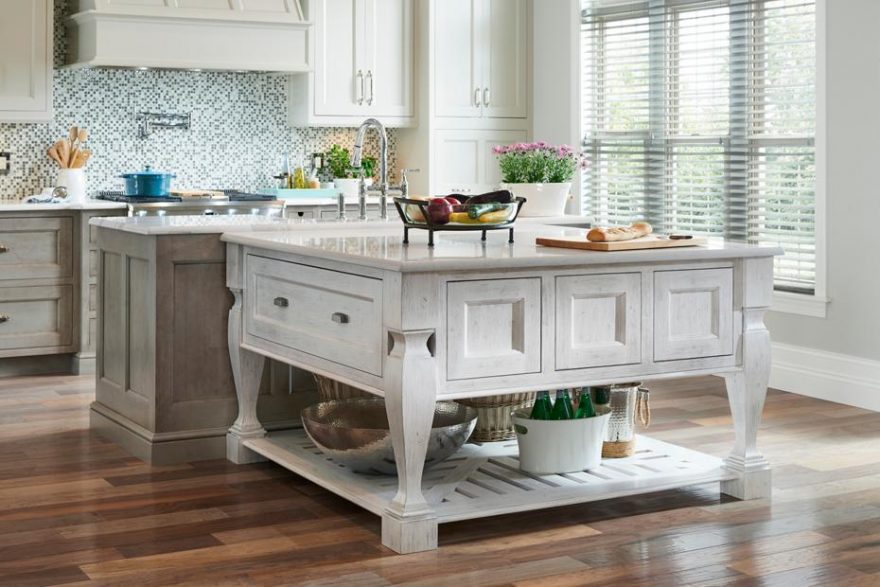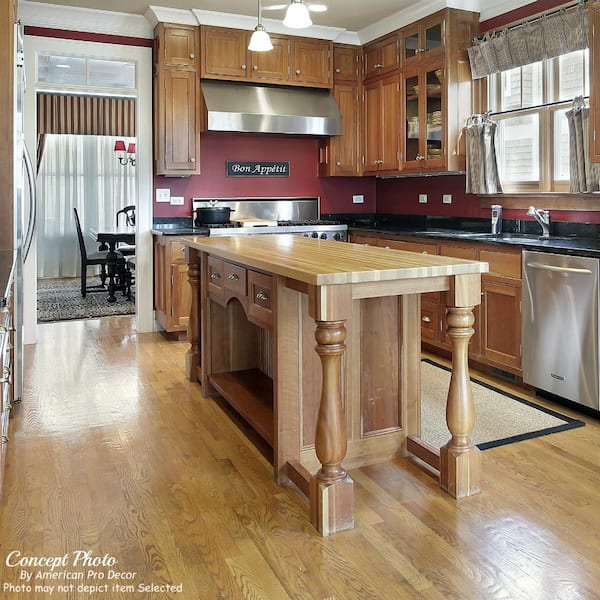Resilient and Trendy Choices for High-Quality Legs For Kitchen Island
Resilient and Trendy Choices for High-Quality Legs For Kitchen Island
Blog Article
Key Considerations for Locating the most effective Legs For Kitchen Area Island for Your Style
When selecting the perfect legs for your kitchen island, several vital factors to consider enter into play that can considerably impact both capability and appearances. The selection of height, design, and material have to straighten with your overall cooking area style to guarantee an unified look. Additionally, security and maintenance demands are important for long-term usage and ease of treatment. Understanding these variables can improve your kitchen's functionality and visual charm, but the subtleties of each factor to consider can frequently be ignored. What ramifications might these choices have on your kitchen's general ambience?
Determine Your Design Preference
Identifying your design choice is crucial when choosing the suitable legs for your cooking area island. The legs of your kitchen area island not only serve a useful function however additionally add significantly to the overall aesthetic of the space. Recognizing your layout style-- be it modern-day, rustic, typical, or commercial-- is crucial.
For a modern-day kitchen area, think about sleek, minimalistic legs that enhance open rooms and clean lines. Conventional cooking areas usually favor transformed or elaborate legs, which can include a touch of sophistication and elegance.
In addition, think about the elevation and proportion of the legs in relationship to the island's surface. This makes certain the visual equilibrium and functionality needed for day-to-day use. Assessing the existing elements in your cooking area, such as cabinetry and home appliances, can additionally guide your choice, making certain cohesiveness in layout. Ultimately, your design choice will influence not just the selection of legs however likewise the general consistency of your kitchen's style.
Pick the Right Product
Selecting the best material for your kitchen area island legs is crucial in ensuring both sturdiness and visual charm. Numerous products supply distinctive benefits, and the choice frequently reflects your design preferences and functional requirements.
Wood is a popular choice, offering warmth and flexibility. It can be discolored or painted to match your kitchen area design, making it adaptable to various styles, from rustic to contemporary. Timber might call for routine maintenance to preserve its appearance and honesty.

If you look for a special touch, take into consideration acrylic or glass materials. They can produce an illusion of room and lightness in your kitchen area, making them an excellent option for smaller sized areas - Legs For Kitchen Island. These options may call for careful handling and maintenance to prevent scrapes.
Ultimately, the material you select need to align with your kitchen area's general layout, making sure that the legs serve both attractive and practical functions.
Consider Elevation and Proportions
When developing a kitchen area island, height and proportions play an important function in making sure capability and comfort. The conventional elevation for a kitchen area island normally varies from 36 to 42 inches, straightening with standard counter elevations or bar elevations, specifically. This measurement is crucial for integrating with bordering stools and counter tops, enabling ease of use during dish prep work and social communications.
In addition, the island's percentages should enhance the general kitchen format. Think about the ratio in between the island's width and size, ensuring it provides ample surface area without crowding the kitchen.
In addition, the height of the legs or base can affect the visual appeal and performance. Taller legs may offer a more modern-day, airy feeling, while shorter ones can stimulate a conventional, based appearance. Inevitably, carefully thinking about height and proportions will lead to a kitchen island that is both visually appealing and functionally efficient, boosting the overall style of the room.
Assess Stability and Durability
A kitchen area island's legs must not only enhance its height and proportions however also offer ample stability and toughness to sustain daily activities. The legs are vital to the overall performance of the island, as they birth the weight of the countertop and any type of added lots, such as appliances or cooking jobs.
When analyzing stability, it is essential to take into consideration the leg layout and material. For example, durable steel or solid hardwood legs commonly use exceptional strength contrasted to lighter materials like engineered wood or plastic. Furthermore, a larger base can improve stability, minimizing the danger of tipping or tottering throughout usage.
Sturdiness is similarly vital; the legs ought to resist deterioration from daily use. Consider surfaces that safeguard against scratches, dents, and dampness, specifically in a cooking area setting. Assess the quality of construction, such as fastenings and joints, which can considerably affect the legs' long-lasting efficiency.
Eventually, spending in well-crafted legs that focus on try this out stability and resilience will guarantee your kitchen island remains a reliable workspace for several years to find, enhancing your cooking experiences while preserving aesthetic charm.
Element in Upkeep and Treatment
Maintenance and treatment are vital considerations for making sure the durability and efficiency of kitchen area island legs. When picking legs, it is necessary to assess the products utilized, as various choices call for varying degrees of upkeep. Wood legs may need routine refinishing or sealing to protect against moisture damage and scrapes, while metal legs may require regular polishing to preserve their luster and protect against rust.
Additionally, the finish put on the legs can affect upkeep needs. A high-gloss layer may be less complicated to clean however can reveal fingerprints and scrapes quicker than a matte coating. It is advisable to select products and coatings that enhance your lifestyle; for example, if you often organize celebrations, go with resilient materials that can stand up to damage.
In addition, consider the cleaning process included in preserving these legs. Smooth surface areas frequently require minimal initiative, while complex layouts might collect dust view and crud, demanding more labor-intensive cleaning techniques. Legs For Kitchen Island. Ultimately, factoring in the maintenance and care required for your chosen kitchen island legs will certainly not just boost their visual allure yet additionally guarantee their practical stability in time
Final Thought
In final thought, choosing the ideal legs for a kitchen area island requires cautious consideration of various factors, consisting of layout style, material choice, height, maintenance, and security. Each element plays an essential role in ensuring that the legs not just improve the aesthetic allure of the kitchen area but additionally supply the required support and toughness for day-to-day usage. A well-informed choice will eventually add to a useful and visually pleasing kitchen atmosphere.
The legs of your kitchen island not just serve a useful objective but likewise contribute dramatically to the general visual of the area.Upkeep Your Domain Name and care are critical considerations for making certain the durability and efficiency of kitchen area island legs. Wood legs may need periodic refinishing or securing to prevent wetness damages and scratches, while steel legs may need normal polishing to preserve their sparkle and avoid corrosion.
Inevitably, factoring in the upkeep and care needed for your selected cooking area island legs will not only improve their visual appeal however also ensure their functional integrity over time.

Report this page